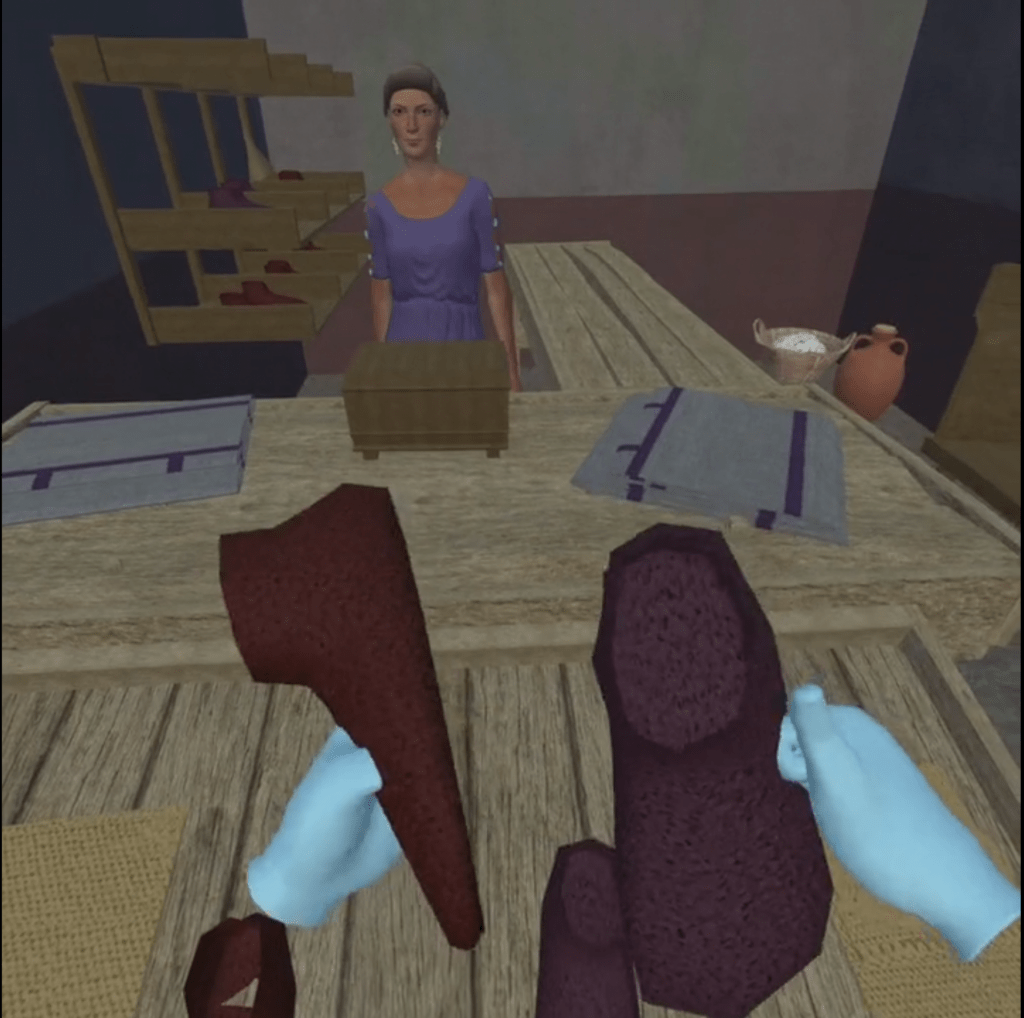We reconstruct archaeological landscapes in virtual environments.
3D Modeling + Photogrammetry
Our development practice combines 3D capture and modeling with rigorous archaeological research to create virtual applications.
On Site Photogrammetry
VRR creates faithful, but hypothetical and abstracted, 3D models that are grounded in the architectural and archaeological evidence and historical record. The Virtual Pompeii project collected photogrammetry data of the via dell’ Abbondanza during an on site research practicum in 2017. Curbs, sidewalks, and building façade features were modeled from meshes produced through photogrammetry using Metashape.
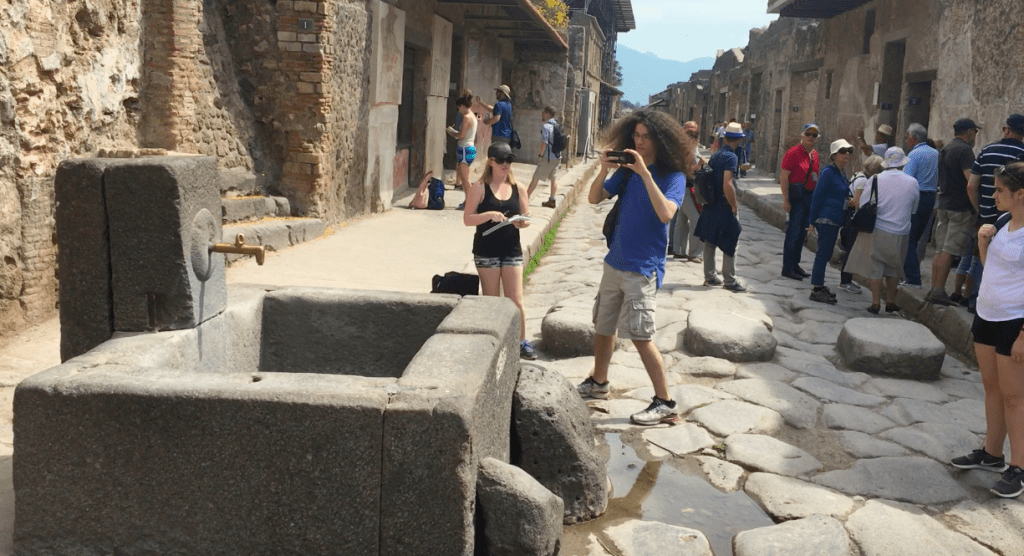
Students on the Virtual Pompeii program capture photogrammetry of a fountain on the via dell’ Abbondanza in 2017. 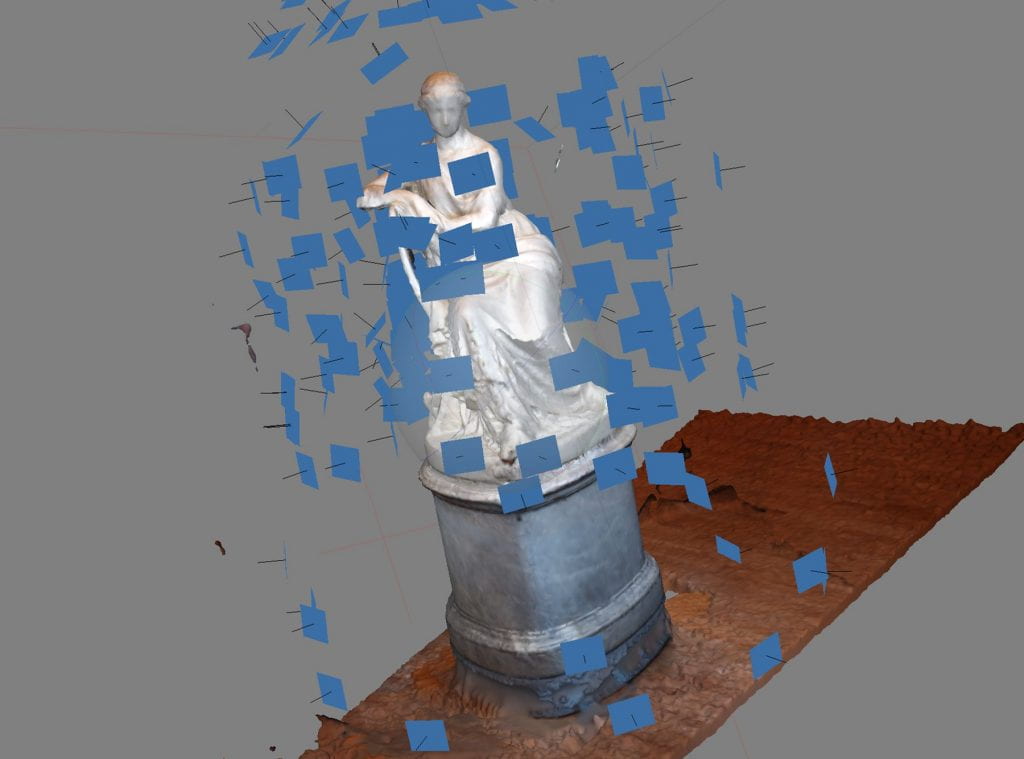
Creation of statue mesh using Agisoft Metashape. 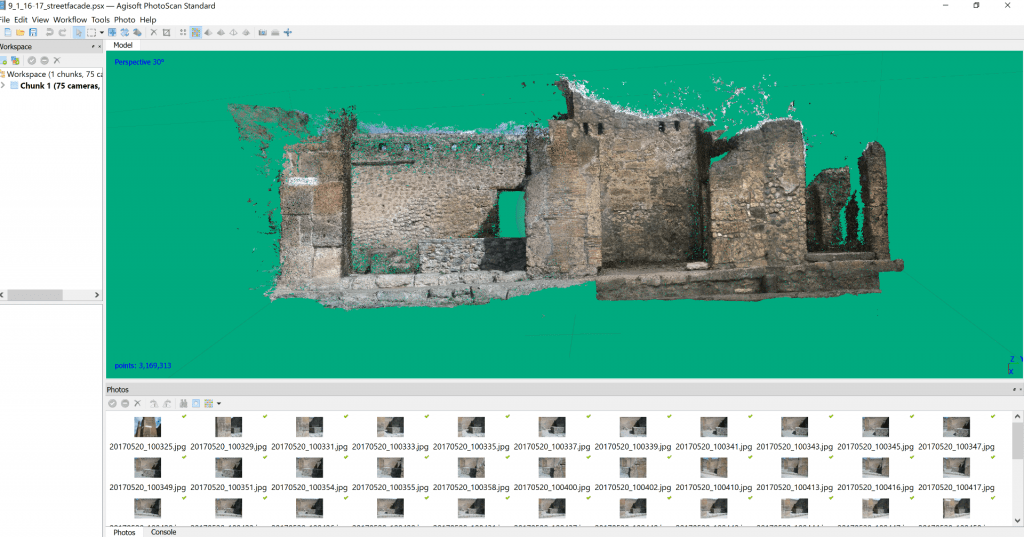
Creation of building facade mesh from the via dell’ Abbondanza using Agisoft Metashape.
Art Design
Blender and Adobe Photoshop are used to reconstruct the shop’s decor and building elements that we are unable to capture through photogrammetry due to lack of preservation, access issues, or excavation status. Excavation photos, paintings and sketches, plans, descriptions, and comparative evidence from other shops guide art decisions. The art goes through several review stages to account for quality and authenticity.
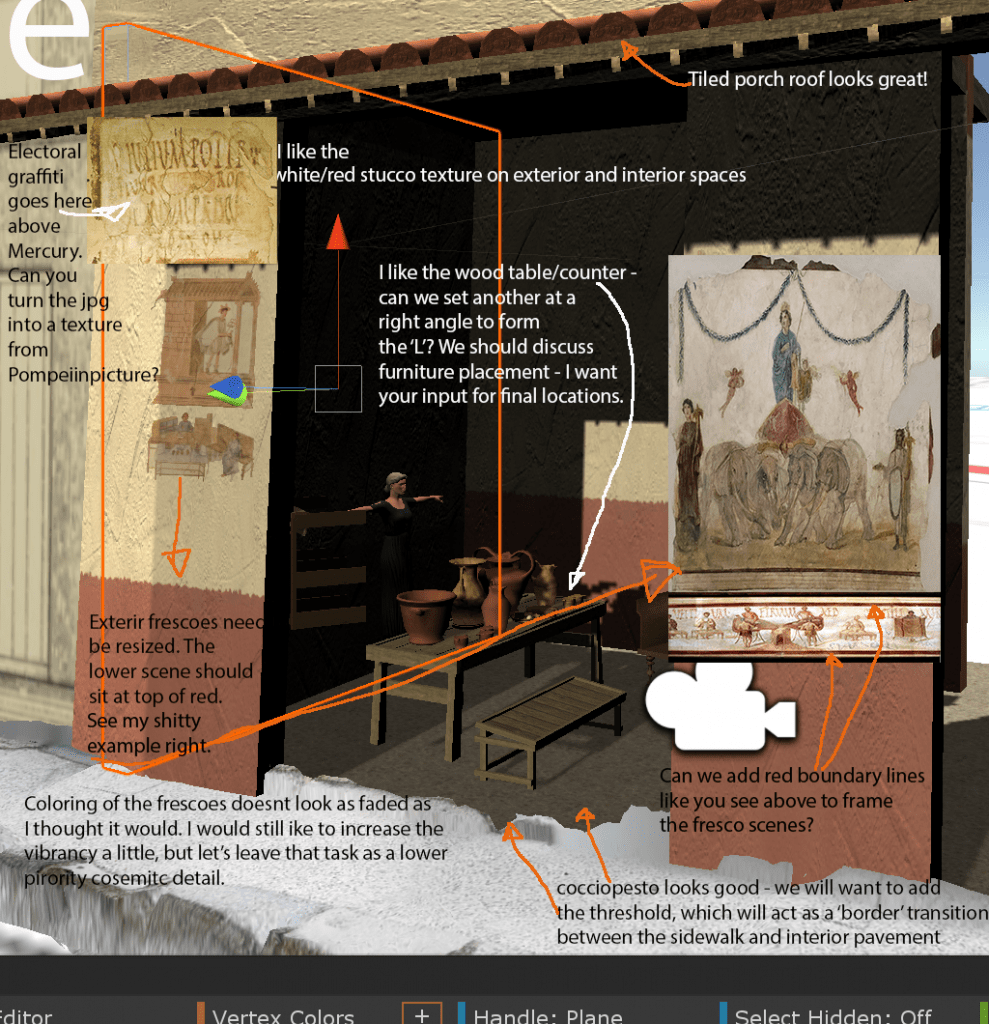
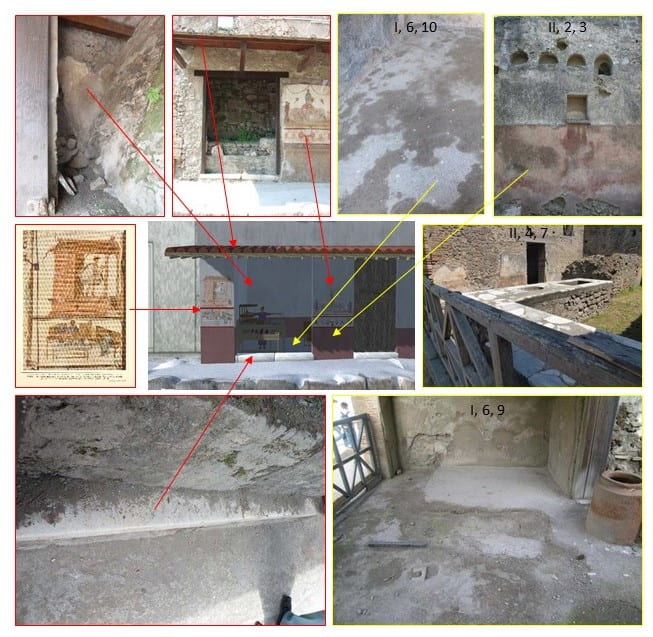
Comparative evidence used in reconstruction of the interior shop space. 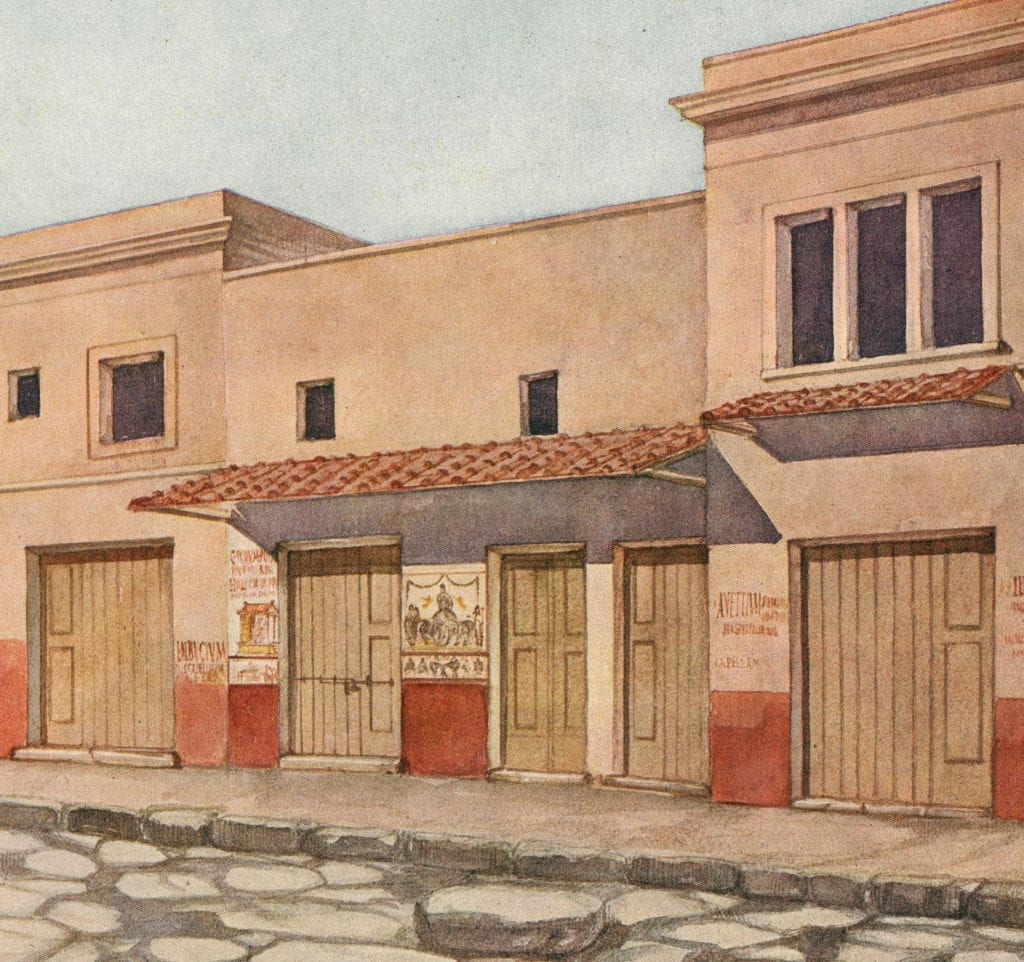
Designing Interactivity
VRR uses the Unity 3D game engine to build interactivity into out shop models. Game design principles are applied to make a believable interactive scenario that immerses the player in a meaningful sociohistorical context. In the our app of the Felt Shop of Verecundus (IX.7.5-7, Pompeii), for instance, players can interact with the slippers on display in the shop, simulating browsing activity, as well as walk down the street and approach the shop in real space with free full-bodied movement.
Gaming the Roman Shop
Future development of our apps will include scripting buyer-seller scenarios in which the player can negotiate the price of an object for sale in the shop with an NPC shopkeeper.
We view shopping behavior as cultural practice.
Consumer Culture Theory
In development
We design full-body multi-sensory experiences.
Practicing Sensory Archaeology in VR
VRR designs our applications for use on the Oculus Quest. The Quest’s lightweight untethered headset with built in speakers and hand-held controllers allow for a free range of body movement tracked in real-time. The Quest offers players a multisensory experience that engages kinesthetic, haptic, acoustic, and visual senses to enhance immersion within the ancient shop environment. This gives VRR the opportunity to explore how the perception of the shop may have shaped consumer experience and behavior.
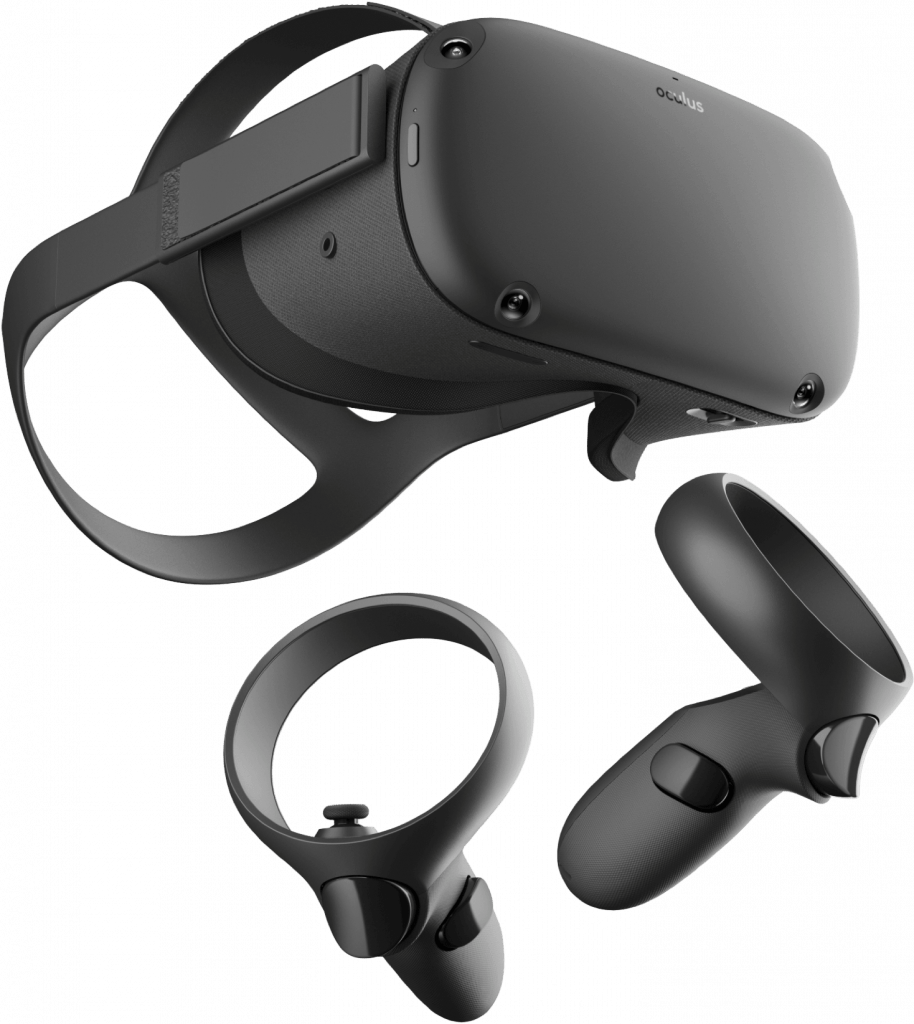
Kinesthesia
The VR Quest headset allows for free range of movement in the physical world that is mirrored in time by your digital body in the virtual world. This advanced kinesthetic feedback enhances the player’s full-bodied immersion in the past landscape within the virtual environment, giving players a sense of how the shop may have appeared to a Roman consumer.
Haptics
In pre-industrial societies, touch, even more than sight, was an important way for Roman consumers to value quality and workmanship while browsing non-standardized goods. Our app allows players to interact with the objects for sale in the shop in order to simulate this sensual browsing behavior. The Quest’s controllers track the player’s hand gestures in real time. Subtle haptic feedback like small vibrations help evoke a tactile experience while the player interacts with digital artifacts. The act of reaching out an arm and grasping for an object and rotating it in your hand as you inspect it all help enhance immersion and enact the sensory memories of the player.
Lighting
VRR develops historical lighting scenarios for our shop apps to test how natural light impacted visibility outside and inside the shop, and to explore how environmental triggers like bright sunlight or the shade of an awning might impact consumer behavior.
Acoustics
In development
We embrace diverse perspectives of the past.
Diverse Proxy Phenomenology
Virtual Pompeii Project
VRR adopts its methodological framework from its sister project Virtual Pompeii. The Virtual Pompeii Project uses desktop and web applications of recreated Pompeiian houses to track movement through the spaces, using the data to posit how humans likely moved within these built environments.
None of Us Are Roman
Most visitors to Pompeii are driven by a curiosity as much emotional as it is intellectual: what was it like to be them? Of course, none of these visitors actually is an ancient Roman, and so one could argue that, being modern, your reaction to the “real” site will be as unrepresentative as contemporary human beings navigating a virtual reconstruction. Whether faced with the “real” site or a virtual 3D model, you are still not them. But it is far from clear that your visit to Pompeii has no interpretive value for trying to understand, in an experiential way, what it was like to be them.
Opening Up The Past Through Diverse Perspectives
The interpretation of archaeological spaces, like ancient texts, has been through the eyes, body, and positionality of white, European, university educated men. It is questionable to assume that only this group can say valuable things about spatial experience and cognition in these past environments. The study of past cultures always requires phenomenology, and, by necessity, this phenomenology has always been proxy–since we’re not them. For the Virtual Pompeii and Virtual Roman Retail projects, we assume that this phenomenology becomes methodologically better the more proxies there are, and the more diverse. Power differentials are often (always?) encoded in a culture’s spatial language. Who is likely to be more attuned to that? If we turn this around, the assumption of Space Syntax/Visual Integration that no matter the time period or the construction of power and hierarchy in a given culture, “people” are going to go here and look there is worth testing, partly because it shapes much of current thinking about urban design, including retail space…as if it were an objective too


